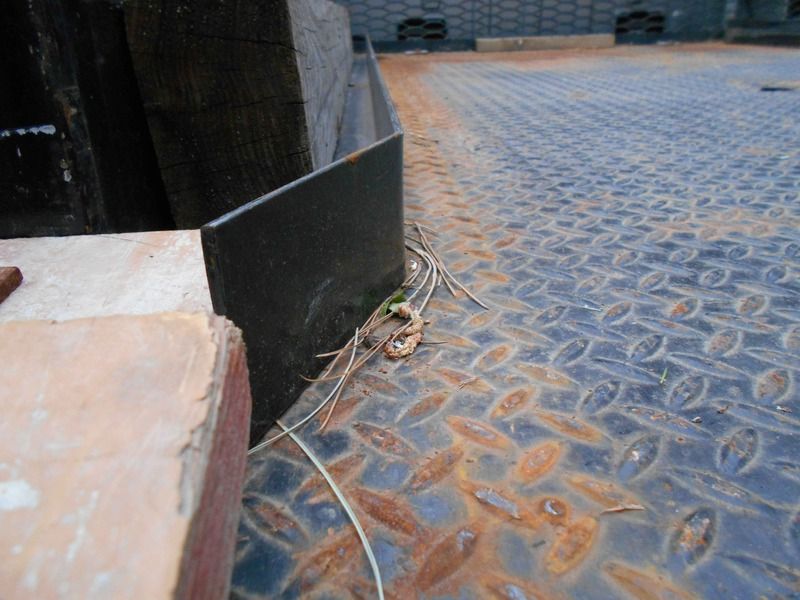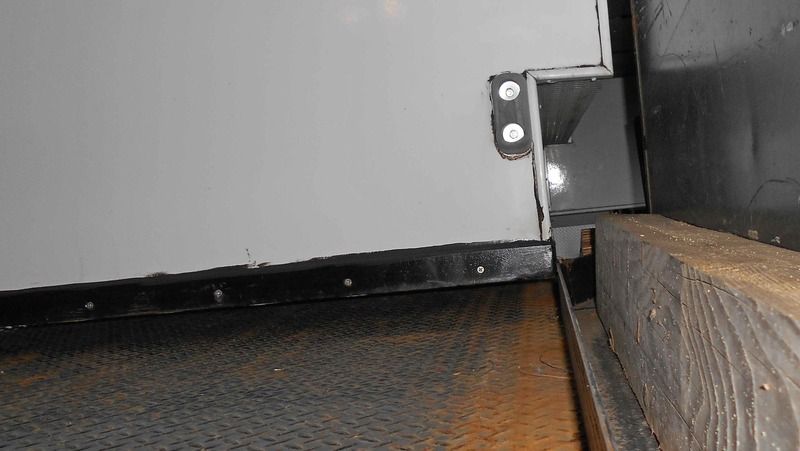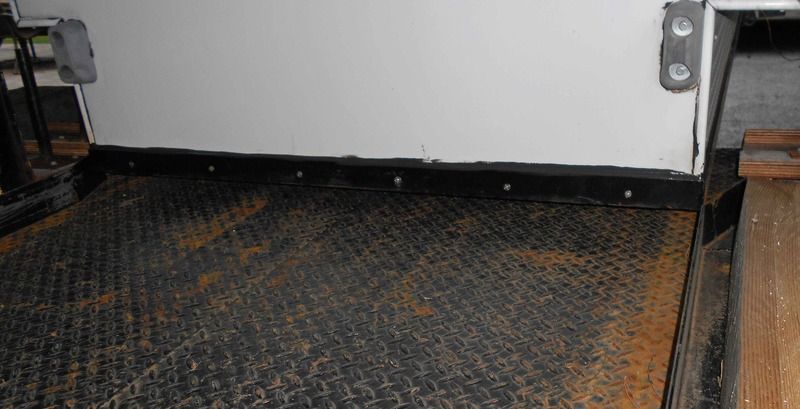urbex
Jan 27, 2017Explorer
Flatbed....rails? boards? keeping the camper centered...
Just drug home a F350 truck with flatbed as my "new-to-me" camper hauler/tow rig. When I drug home my camper on a flatbed trailer, I found it was a royal pain in the rear attempting to get the camper centered and straight on the trail. I found it out yet again when I tried loading the camper and my Samurai on the same trailer (which led to buying the F350,lol). I spent an hour repositioning the trailer under the camper before finally throwing in the towel, and saying it being cocked over was good enough for the testing...
I suspect putting it on a flatbed will be slightly easier, as far as maneuvering goes, but I'm still wondering if I should set up some kind of angle iron/rail system to help center it up, and keep it from sliding over on the flatbed?
I suspect putting it on a flatbed will be slightly easier, as far as maneuvering goes, but I'm still wondering if I should set up some kind of angle iron/rail system to help center it up, and keep it from sliding over on the flatbed?



